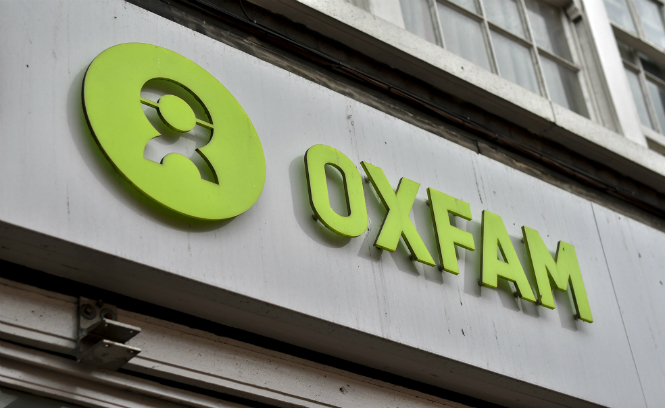The rise of the headless CMS

As part of an ongoing mission to bring value to everything that we do, including our blogs, we like to talk about trends that appear in and around the WordPress world. Over the past 18 months, we’ve noticed one part of the web development world coming up more often when crafting digital experiences for clients: the headless CMS.
Headless CMS architecture (also commonly known as a “decoupled CMS”) is rising in popularity in the development world. This approach gives developers increased flexibility to innovate, allows for emerging user experiences, and helps website managers future-proof their builds by allowing them to refresh the design without re-implementing the entire CMS. With all this upside, it’s no wonder this type of build has gained serious attention in the WordPress community as of late, especially since the development of the WordPress REST API.
The “head” in a “headless CMS” is in reference to the frontend. WordPress is traditionally a static immovable CMS, with aspects such as design fused in via a templated theme. However, as it is no more apparent than on the internet, the World is changing, and needs are evolving. The Internet of Things, VR and AR are all such use cases whereby using a headless CMS could be extremely useful.
Due to the need for more flexibility and freedom, many developers have begun decoupling the CMS, using it for content management, editorial, and administrative tools, while implementing a separate frontend component that communicates with the CMS via an API, something only possible in WordPress since the REST API was introduced in 2016. Architecturally what this means is that content delivery and content storage are now separate from one another. Developers can also use front end Javascript frameworks such as React, AngularJS or Vue.js to craft digital experiences that feel more interactive and immersive than your average website, whilst still powered by a more simple and straightforward CMS that an editor or admin might be familiar with, such as WordPress.
As the need for responsiveness and flexibility increases with the need for the internet to be on other devices other than mobile and desktop, removing the ‘head’ and serving the content that’s stored in the CMS through an API, rather than through templates and code, allows it to be managed more appropriately by the device being used. Importantly, many developers simply find headless architecture easier to maintain.
This is no passing fad, and headless CMS architecture continues to grow in popularity in an exciting way. With the proliferation of non web channels on the increase, a headless approach could be a great option to use in those situations. This includes use cases where you may want content in apps and chatbots, where a legacy CMS may otherwise have trouble adapting to these different environments.
To conclude; the headless CMS looks like it’s here to stay, as it genuinely offers a valuable alternative in the ever complex, ever-innovating world of web development, and within WordPress it helps that the REST API is now included into the WordPress core, meaning that some of the foundations needed for a headless solution are available straight out of the box.
We’ve worked on a few interesting WordPress based headless CMS projects, but none that we can share here just yet. Let us know if you would like to hear more about these projects.

93digital on Oxfam scandal: what would you have done?

93digital’s founder named in the BIMA 100 2018
Let's Talk
Do you have a web design and build project coming up that you would like to talk about?